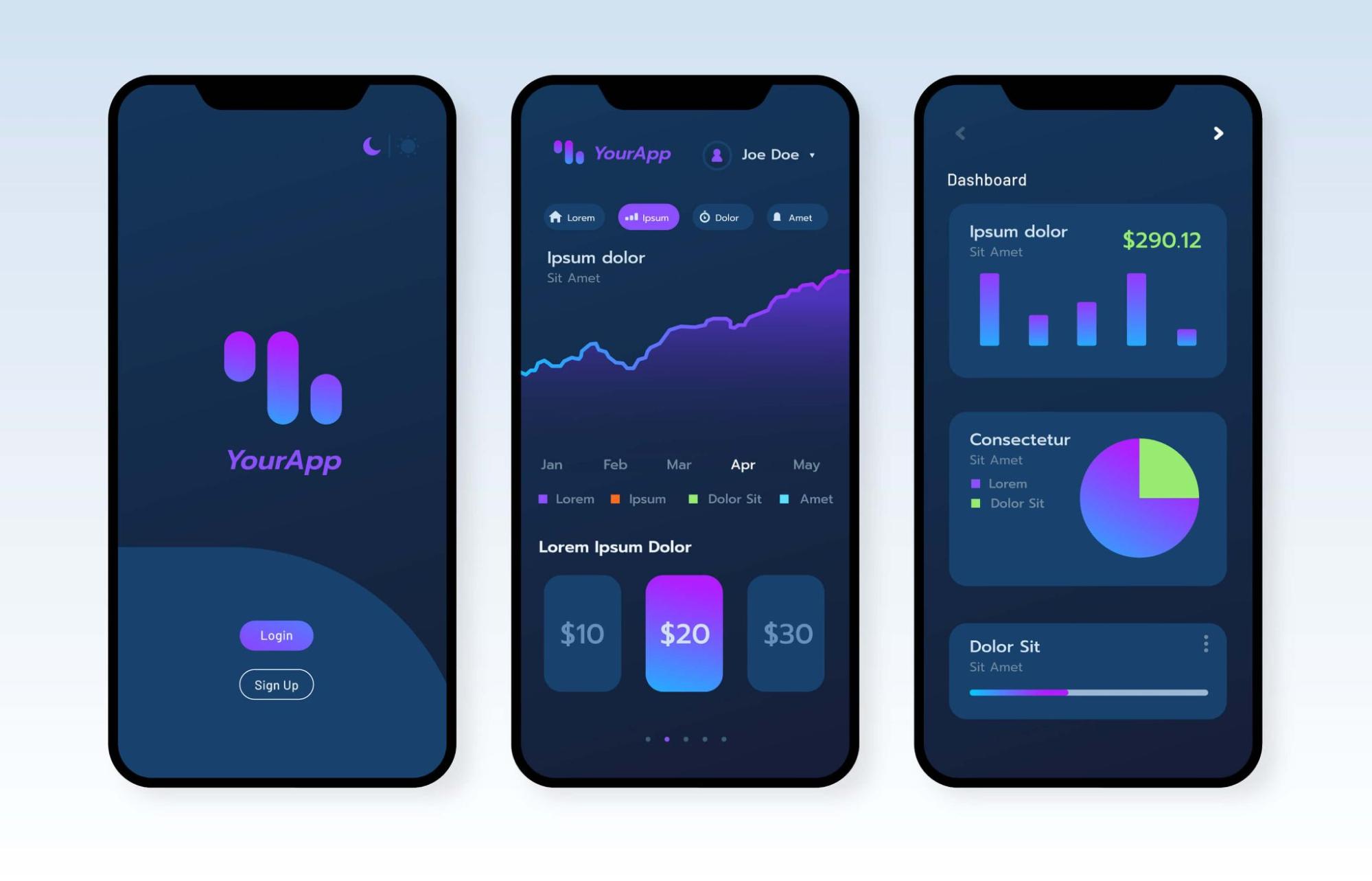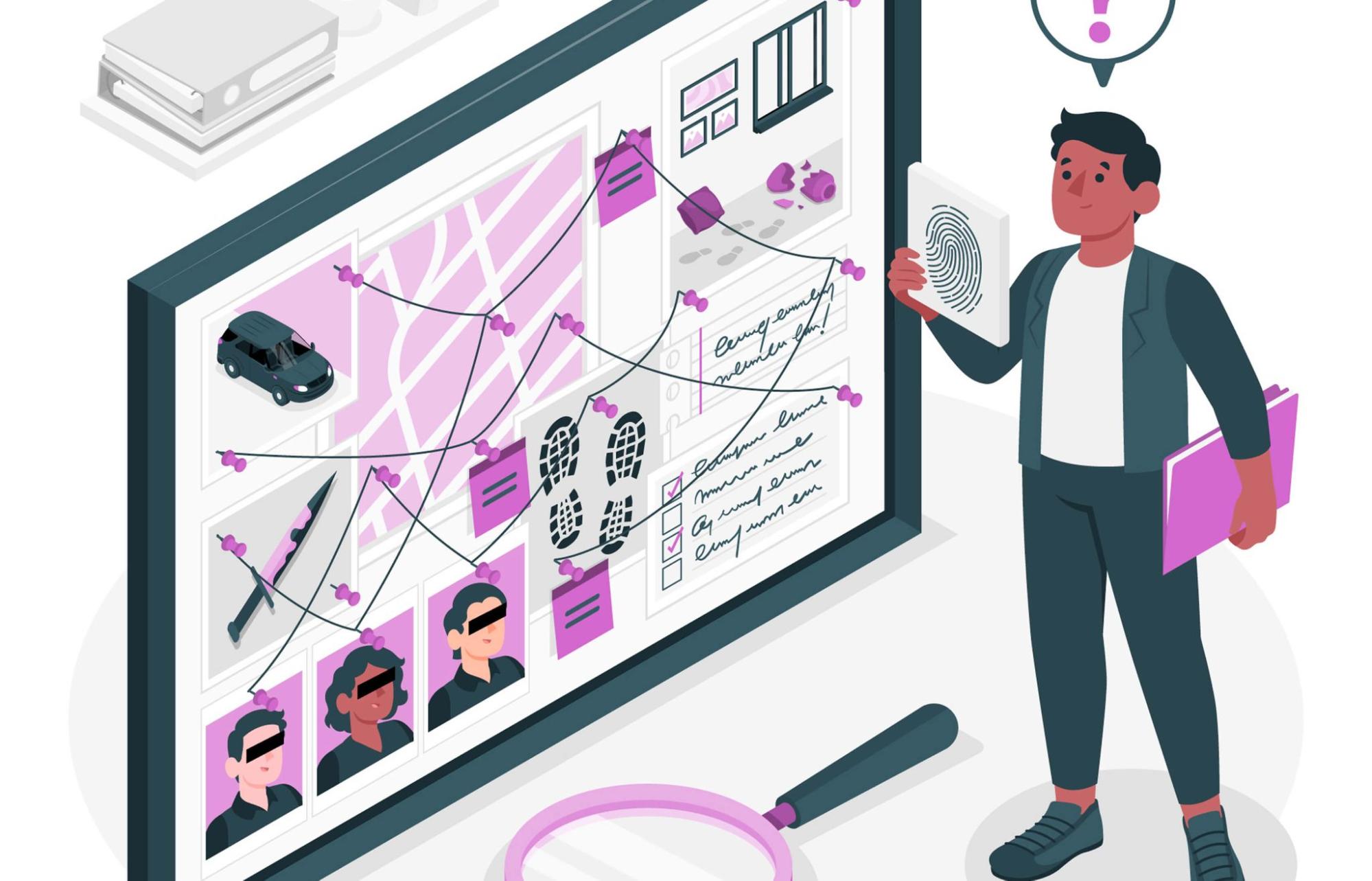Mobile App Analytics in 2025: Tracking ROI and Understanding User Behavior

Understanding user behavior is crucial for achieving business success. Research shows that 56% of customers will abandon a company after just one negative experience, highlighting the need to prioritize user satisfaction.
Industry leaders like Amazon have mastered user behavior analysis. By monitoring how customers interact with their platforms, Amazon can provide personalized product recommendations, streamline website navigation, and enhance the overall user experience.
If you're struggling to keep your users engaged or understand their needs, incorporating gamification elements, such as loyalty rewards and challenges, can significantly boost user interaction and retention. Let's explore how user behavior analytics can help you build lasting relationships with your audience.
What is User Behavior & User Behavior Analytics (UBA)?
User behavior refers to the actions, preferences, and decision-making processes of individuals when interacting with a product, service, or platform. This includes clicks, navigation paths, feature usage, and purchase decisions.
User Behavior Analytics (UBA), on the other hand, involves collecting and analyzing data related to these interactions. It helps businesses identify patterns, preferences, and potential friction points. UBA not only improves the user experience but also enhances operational efficiency and strengthens cybersecurity by detecting anomalous activities.
As UBA tools continue to evolve, companies can now conduct real-time analysis, allowing for proactive personalization and immediate user support. However, ethical data handling and user privacy protection are essential for responsible UBA implementation.
Why Understanding User Behavior Matters

Insights into user behavior are invaluable for businesses aiming to optimize customer experiences, drive conversions, and achieve sustainable growth. By leveraging user behavior analytics effectively, companies can tailor their offerings to meet user needs, enhance engagement, and foster long-term customer loyalty. Here are some benefits:
- Optimizes Customer Experience:
Understanding user behavior helps create smoother, more satisfying user journeys.
- Boosts Conversions:
Tailored user experiences based on behavior increase conversion rates.
- Drives Sustainable Growth:
Behavioral data guides long-term, scalable business strategies.
- Meets User Expectations:
Users today expect seamless, personalized app interactions.
- Reveals Key Insights:
Analyzing clicks, drop-offs, and feature usage uncovers real user needs.
- Reveals Key Insights:
Analyzing clicks, drop-offs, and feature usage uncovers real user needs.
- Improves Retention & Loyalty:
Personalized experiences encourage users to return and stay engaged.
- Identifies Friction Points:
Behavioral data highlights usability issues and bottlenecks.
- Guides UX Enhancements:
Insights inform design improvements for better usability.
- Informs Marketing Strategy:
Behavior-driven campaigns resonate more with users.
- Adopted by Industry Leaders:
Brands like Amazon and Netflix leverage this data for personalization and loyalty.
-Enables Proactive Innovation:
A deep understanding of users fuels smarter, user-centric product development.
- Delivers Measurable Results:
Insight-driven decisions lead to tangible business outcomes.
A Comprehensive Guide to Understanding User Behavior

1. Establish Clear Objectives
Start by defining your goals, whether they focus on increasing conversion rates, enhancing onboarding processes, or reducing customer churn. Having clear objectives will shape how you collect and analyze data.
Implement interactive tooltips and onboarding walkthroughs to guide users effectively, leading to higher feature adoption rates and ensuring that the data collected accurately reflects user engagement.
2. Collect Relevant Data
Utilize a variety of sources, such as Google Analytics, in-app surveys, customer interviews, and feedback forms, to gather meaningful insights. Combining quantitative data (like clicks and page views) with qualitative feedback (including user opinions and frustrations) will provide a comprehensive understanding of user behavior.
Consider using context-sensitive surveys or modal prompts to collect valuable feedback without disrupting the user experience.
3. Analyze and Interpret Data
Use analytics tools to identify patterns and correlations within the data. This step helps determine what is working well, where users are dropping off, and what improvements are required to enhance the user experience.
For additional insights, consider reading our guide on how to analyze and present survey results effectively.
4. Develop Detailed User Personas
Leverage your findings to create detailed user personas that accurately reflect real user behaviors, needs, and goals. These personas can help humanize the data and offer valuable guidance for product development decisions.
Incorporating gamification strategies, such as progress bars and profile completion indicators, can further engage users and enhance their experience.
5. Mapping User Journeys
Creating a user journey map is essential in outlining every touchpoint a customer interacts with, from initial discovery to final conversion. This strategic mapping allows for the identification of friction points and opportunities to enhance the overall user experience.
Implementing tactics such as exit-intent popups offering discounts or support can effectively reduce bounce rates and improve conversion rates.
6. Identifying Pain Points and Opportunities
Leveraging analytics to pinpoint where users encounter difficulties is crucial. By resolving these pain points, customer retention can be increased, while identifying opportunities can lead to enhanced satisfaction and feature adoption.
7. Testing, Iterating, and Improving
Running A/B tests, conducting usability studies, and implementing iterative design cycles are key components in the process of refining the user experience. Testing helps validate changes and ensures continuous improvement.
8. Monitoring and Optimization
It is essential to consistently track key performance indicators (KPIs) and gather user feedback.
Optimization can be achieved by updating strategies regularly to align with evolving customer needs and industry trends.
Key Metrics for Tracking User Behavior

Monitoring user behavior is essential for optimizing the performance of your app or website. By tracking key metrics, you can gain valuable insights into how users interact with your platform and make informed decisions to improve their experience. Here are some critical metrics that you should be monitoring:
Your app should grow alongside your business needs.
- Session Duration: This metric measures the amount of time users spend on your app or site. A longer session duration typically indicates higher engagement and interest in your content.
- Page Views: The total number of pages viewed by users. Monitoring this metric can help you understand which pages are most popular and which may need improvement.
- Bounce Rate: The percentage of users who leave your site after visiting only one page. A high bounce rate could indicate that users are not finding what they are looking for or that your site is difficult to navigate.
- Conversion Rate: The percentage of users who complete a desired action, such as making a purchase or signing up for a newsletter. Tracking this metric is crucial for measuring the effectiveness of your marketing efforts.
- Click-through Rate (CTR): The number of clicks per impression. This metric is essential for assessing the performance of your call-to-action buttons and optimizing them for better results.
- Retention Rate: The percentage of users who return to your site. A high retention rate indicates that users find value in your platform and are likely to become loyal customers.
- Churn Rate: The percentage of users who stop using your service. Monitoring this metric can help you identify areas for improvement and reduce customer attrition.
- Average Order Value (AOV): The average amount spent per transaction. Understanding this metric can help you optimize your pricing strategy and increase revenue.
- Navigation Patterns: Analyzing the paths users take on your site and identifying drop-off points can help you improve the user experience and increase conversions.
- Engagement Metrics: Monitoring likes, shares, video views, and other interactions can help you gauge user interest and tailor your.
Three Effective Frameworks for Behavioral Analysis
1. The 5 Whys:
The 5 Whys technique involves asking "why" five times to uncover the underlying cause of a problem. This method is particularly useful for gaining insight into issues such as low engagement or poor conversions.
A transparent and collaborative development process is key to delivering a successful app. Ensure that the company follows a structured development methodology, such as Agile, that allows for continuous testing, feedback, and iteration. This flexibility allows for the app to evolve in line with market trends and user feedback, ensuring the final product is not only functional but highly effective in meeting your business objectives. Ask about the company’s process for project management, communication, and quality assurance to ensure smooth collaboration.
2. Jobs-To-Be-Done (JTBD)
The Jobs-To-Be-Done framework focuses on understanding the specific goals that users are trying to achieve with your product. By identifying pain points and adjusting your value proposition accordingly, you can better meet the needs of your target audience.
3. Segmentation Framework
The Segmentation Framework involves grouping users based on demographics, behaviors, or usage patterns. By analyzing each segment individually, you can tailor features, campaigns, and messages to better suit the preferences and behaviors of different user groups.
Common Mistakes in Analyzing User Behavior
- One common mistake that many analysts make is ignoring the context in which users are operating. It is crucial to consider the user's environment and intent when analyzing their behavior.
- Another mistake is over-relying on numbers alone. It is important to not overlook the emotional or psychological factors that may be driving user behavior.
- Confirmation bias is another pitfall to avoid. It is essential to seek out data that challenges pre-existing beliefs, rather than only looking for information that confirms them.
Static analysis, or failing to account for behavior changes over time, is another mistake that analysts often make. It is important to continuously monitor and adapt your strategy to reflect these changes. To avoid these pitfalls, it is crucial to maintain an open, user-centric mindset and continuously evolve your strategy based on new insights and data. By doing so, you can ensure that your analysis is thorough, accurate, and effective in understanding user behavior.
Tools and Techniques for Behavioral Analysis
When it comes to analyzing user behavior, several tools and techniques can provide valuable insights.
Surveys & Feedback Tools: Tools such as Nudge allow for real-time feedback collection through polls, in-app prompts, or open-ended surveys. This is essential for gaining qualitative insights into user preferences and experiences.
Web Analytics: Platforms like Google Analytics, Adobe Analytics, and Mixpanel offer valuable data on website traffic, user flow, and conversions. By analyzing this data, businesses can make informed decisions to improve their online presence.
Heatmaps & Click Tracking: Visual tools like Hotjar and Crazy Egg provide insights into where users are engaging with a website or where they may be experiencing difficulties. This information can help businesses optimize their website for a better user experience.
Session Recording: Platforms like FullStory and Mouseflow allow businesses to observe real user behavior by recording user sessions. This can help identify usability flaws or points where users may be dropping off, allowing for targeted improvements.
A/B and Multivariate Testing: By testing different versions of pages, CTAs, or design layouts, businesses can determine what resonates best with users. This data-driven approach can lead to improved conversion rates and user engagement.
Customer Journey Mapping: Visualizing the user lifecycle can help businesses identify critical touchpoints and emotions throughout the user experience. By understanding the user journey, businesses can design frictionless and intuitive experiences that meet user needs and expectations.
Conclusion: Turning Insights into Action for Long-Term Success
In 2025, businesses can no longer afford to overlook the value of user behavior analytics in mobile app development. Understanding how users interact with your app—what they enjoy, where they struggle, and why they convert or churn—holds the key to maximizing ROI and delivering exceptional digital experiences. With the right tools and strategies, businesses can move beyond guesswork and make data-driven decisions that foster loyalty, improve retention, and drive sustainable growth.
At CQLSYS Technologies, we specialize in building intelligent, data-driven mobile applications that leverage advanced analytics to track user behavior, optimize performance, and boost ROI. Whether you're looking to improve user retention, personalize experiences, or make smarter product decisions, our team ensures your app evolves with your users’ needs.
Success in mobile app development isn’t just about downloads—it’s about engagement, satisfaction, and long-term value. Partner with CQLSYS Technologies to unlock the full potential of your app and thrive in the competitive digital landscape of 2025 and beyond
